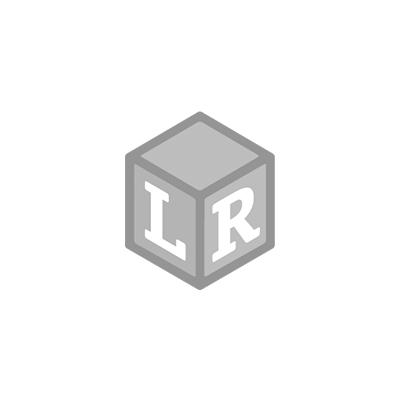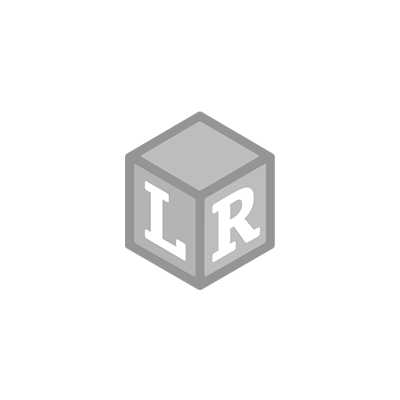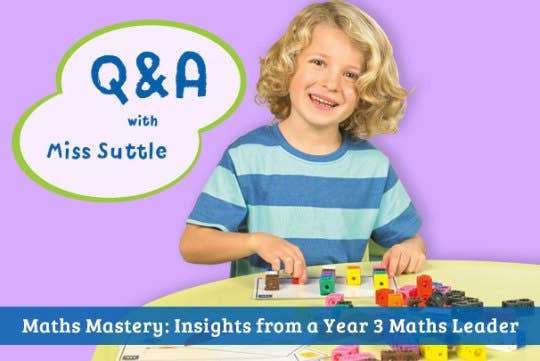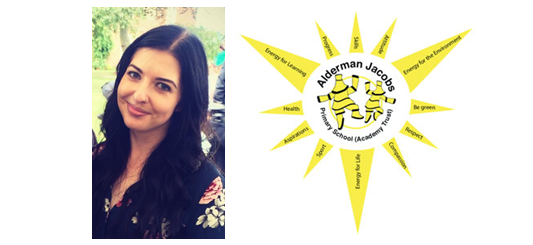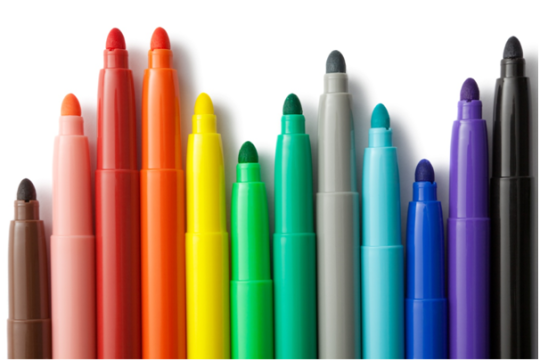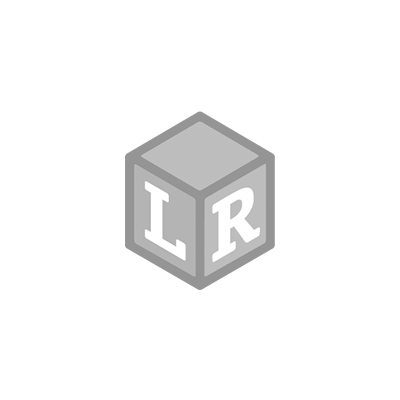
Base Ten: The Maths Mastery Manipulative
Base Ten Blocks are a maths manipulative that help young learners to understand how numbers relate to one another, specifically ones, tens, hundreds and thousands. Sets include single units (1), rods (10) Flats (100) and cubes (1000), that help children to compare and compute numbers.
Base Ten blocks help young learners to:
- Understand place value in written numerals
- Make models of all operations with whole numbers and decimals
- Understand and demonstrate estimation
- Demonstrate percentages and fractions
- Demonstrate geometric concepts of area, volume and metric measurement
We’ve pulled together ten activities for you to try in your classroom this school term:
Model building
This activity is great to do in small groups in a classroom or one to one in maths clubs. Provide a selection of Base Ten pieces and allow free time for children to create a model. Once they have completed it ask them if they can estimate how many units were used to complete it. Once everyone has estimated, ask the children to work together to count out the pieces and provide the actual figure. This will help them to become familiar with place values and incorporates creativity to learning maths.
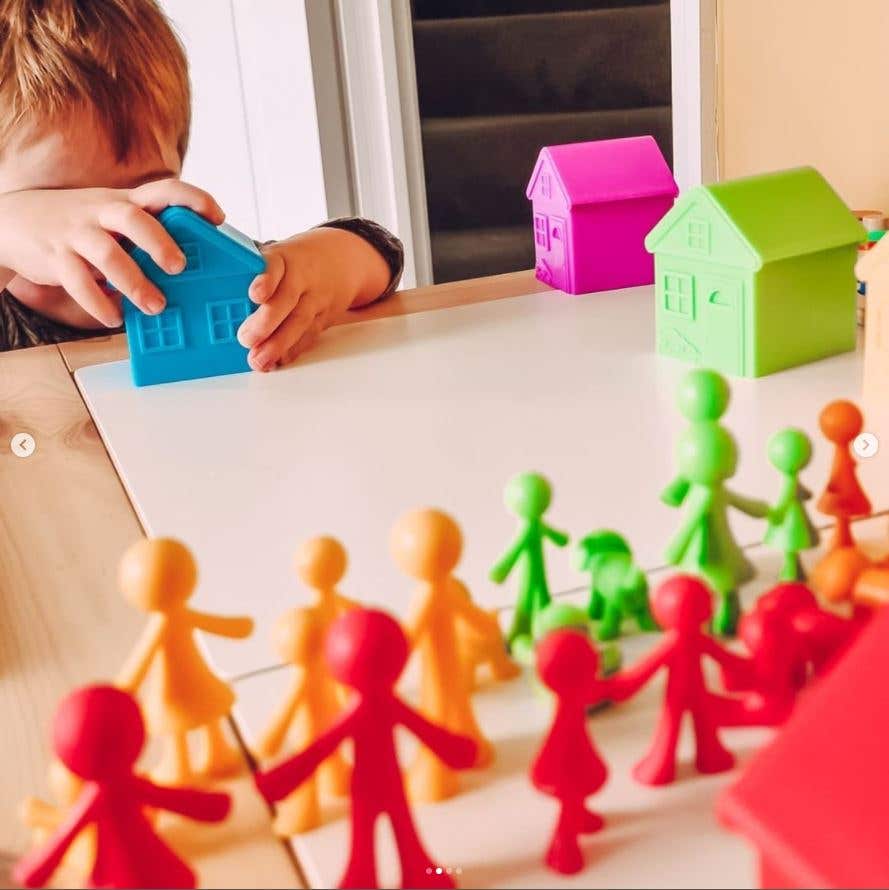

Value of your name
Provide a selection of rods and single unit pieces and ask the class to write their name with them. Once they have, ask them to calculate the value of their name by working out how many tens and how many ones they have used. This can be used as a whole group activity and once each child has written down the value of their name, challenge them to create a line with the lowest and highest value at either end.
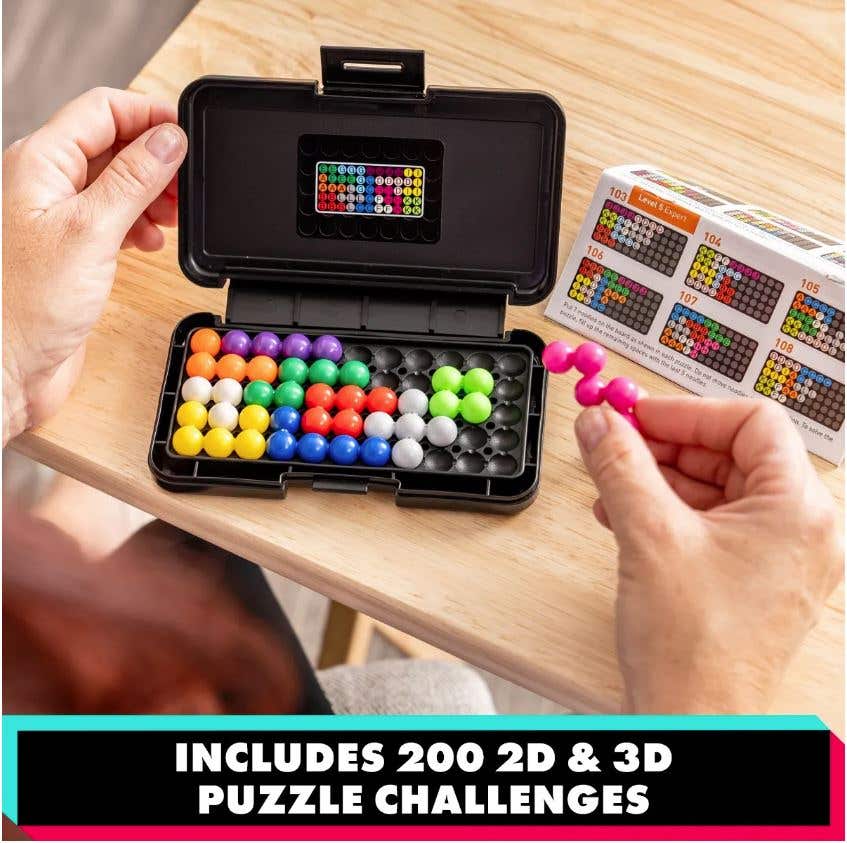

Super Sized Base Ten
This is a great activity to use at the end of a topic or school term as a fun way to recall everything that the children have learnt. Create jumbo Base Ten pieces using coloured card and give each person a different value to hold. Call out a number and ask children to form groups to make the closest to that number that they can. You can add music so that it becomes like musical chairs, when the music stops a number is called and children form groups as quickly as possible!


I have, who has?
This is a great classroom activity for practicing addition and gets children up on their feet. This game is best introduced once the class have become familiar with the concrete version of the resource and are able to recognise how many units are represented with each piece. The aim of the game is for the children to add up the units on the ‘I have’ section and find the person with the pictorial representation of the number in their ‘who has’ section.


Roll the dice
Get the whole class involved with this activity by using jumbo sized soft foam dice! Provide each child with a grid that leaves a space for thousands, hundreds, tens and ones. Select one person to go to the front of the class and ask them to roll four separate dice. The first number rolled gets written in the thousand box, the second number rolled gets written in the hundred box, the third number in the tens box and the fourth in the ones box. Once each box is filled in the class can work individually or in groups to collect enough Base Ten pieces to represent the value of the number. This activity can be extended by seeing how many different combinations of pieces can represent the same number.


Base Ten Bingo
This is a fun group activity that helps children to count in ones, tens, hundreds and thousands, great for small maths focus groups. Each child gets a bingo card with a different selection of numbers – the activity leader has a master document with all of the numbers on. The activity leader places down a selection of Base Ten pieces and if a child has that number on their bingo card they cross it off. The first child to complete a line is the winner!


Area animals
Provide graph paper and a selection of flats, rods and units. Ask each child to create an animal by placing the Base Ten pieces over the squares. One they have created an animal they are happy with ask them to colour in where the blocks were placed and record the area of the animal. The example to the left shows a teddy bear with an area of 36 square units. This activity can be extended to create different images such as flowers or buildings.


Word problems
Provide small groups with printed word problems and a selection of Base Ten pieces. Ask the children to use the pieces to help them to solve the problem.“A teacher brought 20 cupcakes to school, but there were only 17 students in the class. If each student had one cupcake, how many cupcakes were left?”This problem involves subtraction and to find the answer children can represent cupcakes with 20 single units. To find the answer they can take away 3 units and add up the units remaining. This approach can also be used for addition, multiplication and division problems.


Equivalencies
Ask children to build a tower using 1 cube, 11 flats, 15 rods and 13 units. Once they have completed it ask them to build a tower of the same size using as few pieces as possible. This activity will help children to understand equivalencies as they regroup smaller pieces for one piece of the next size for example 11 flats will become 1 cube and 1 flat.


Perimeter packages
This activity requires children to calculate the perimeter of packages. The worksheet is available in the Base Ten Activity Book or you can draw your own. Using single units children need to place single units within the package, remember each unit measures 1cm. You can extend this activity by drawing even bigger illustrations for children to measure.


To help you prepare your classroom for back to school, sample pages from our Photocopiable Base Ten Activity Book can be found on here!




